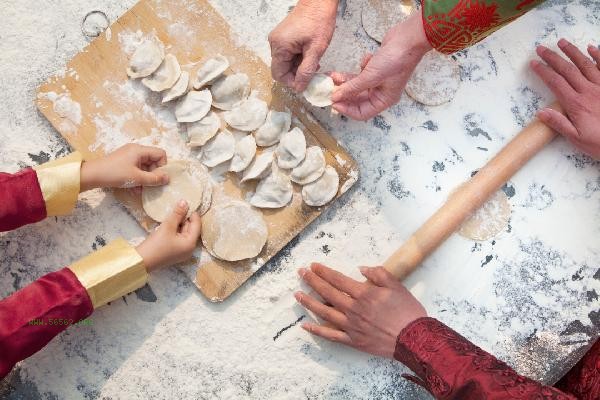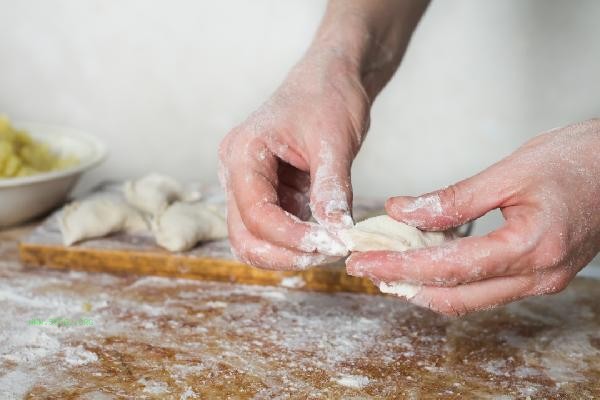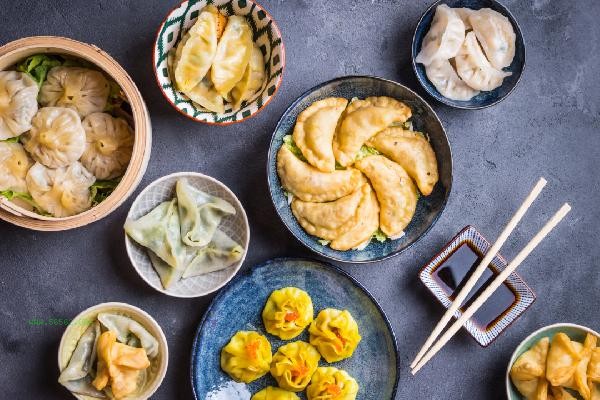The inability to cook the purchased dumplings thoroughly may be related to factors such as dumpling skin formula, freezing process, cooking method, etc. The main reasons include high gluten content in flour, addition of edible glue or starch, rapid freezing process, insufficient cooking water temperature, and improper thawing method.

1. High gluten flour
Commercial dumpling wrappers are often made with high gluten flour, which has a higher protein content than ordinary household flour. The gluten network structure formed by high gluten flour is tight and difficult to gelatinize and decompose in boiling water. This type of dumpling skin maintains strong toughness even after being cooked, so it is necessary to extend the cooking time or switch to slow cooking over medium heat. Home made dumplings can be made by mixing medium gluten flour and low gluten flour in proportion to improve the taste after cooking.
2. Adding edible glue or starch
Some frozen dumplings will add food thickeners such as guar gum and xanthan gum to the dough to maintain their intact shape during transportation. These hydrophilic colloids form a gel structure after being heated, which makes it more difficult to boil the dumpling skin thoroughly. Starch modification is also a common process, and pre gelatinized starch can reduce the water absorption and swelling of the dough. When making a purchase, you can check the ingredient list to avoid products that contain too many additives.
3. Rapid freezing process
Industrial production of frozen dumplings uses rapid freezing technology below minus 30 degrees Celsius, where water forms tiny ice crystals in a short period of time. This crystallization method will alter the spatial structure of gluten protein, making it more difficult for dumpling skins to soften during reheating. Family frozen dumplings are recommended to be pre cooled before freezing after packaging to avoid sudden temperature drops that may cause the texture to harden.

4. Insufficient boiling water temperature
Continuous boiling water temperature is crucial for the gelatinization of dumpling skins. When the power of a household gas stove is insufficient, adding frozen dumplings can cause a sudden drop in water temperature. It is recommended that the cooking amount should not exceed one-third of the capacity of the pot each time. After the water boils, maintain medium to high heat and add cold water at appropriate times to maintain a rolling state. electromagnetic stove users can choose gears with power exceeding 2000 watts.
5. Improper thawing method
Freezing dumplings directly into the pot can create a temperature difference between the inside and outside, with the outer layer gelatinized while the inner layer remains frozen. The correct approach is to slowly thaw in the refrigerator for more than 6 hours, or let it stand at room temperature for 30 minutes. In emergency situations, it can be soaked in cold water for 10 minutes, but hot water or microwave thawing should not be used to avoid premature denaturation of surface starch and affect taste.

To improve the cooking effect of dumplings, the following methods can be tried: using freshly made dumplings instead of frozen products; When cooking, gently push with chopsticks to prevent sticking to the bottom; Boil the water and add three drops of cold water to help heat penetrate; Bite open and check the ripeness of the filling before serving. Pay attention to the changes in transparency of the dumpling skin. It is best to consume it when it is completely semi transparent with slightly wrinkled edges. For those with weak gastrointestinal function, it is recommended to extend the cooking time appropriately to ensure that the filling is fully cooked. Frozen dumplings stored for more than three months will be more difficult to cook due to water loss. It is recommended to consume them as soon as possible.








Comments (0)
Leave a Comment
No comments yet
Be the first to share your thoughts!